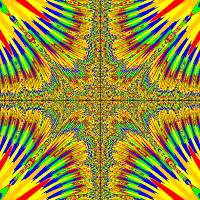I did a side by side comparison of both classes & found that A) was in both classes; B), C) & D) were not in the Animal class BUT it states that all 3 are inherited from greenfoot.Actor; and E) was in NEITHER class....with these as the only options to select from wouldnt this information make this question invalid?
The question states
Which method below is in the Animal class but NOT in the Actor class?
Question options:
A) move()
B) getX()
C) getY()
D) getRotation()
OR
E) getHeight()






